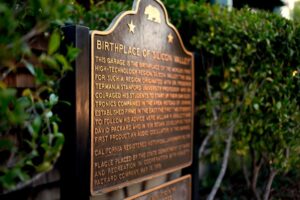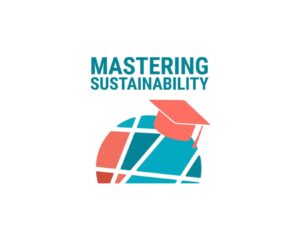Peace is humanity’s most urgent challenge, but lacks concrete solutions.
Engineering expertise could catalyze progress. Engineers excel at quantifying ambiguity. To pragmatically pursue peace, the current fictional must transform to measurable, reportable, verifiable fact.
Creative engineering built technologies to peer inside the human body and revolutionized medicine. Might similar diagnostic instruments measure the anatomy of peace and conflict in societies? Rigorous diagnostics would advance peacebuilding from concept to metrics.
With data-driven insights, peace interventions can be better targeted for precision, minimally invasive effectiveness. Medicine transitioned from reactive acute care to preventative practices that preempt illness. Likewise, peacebuilding is shifting from urgent response to preemptive risk reduction. Multidisciplinary engineering teams could design systems that catch emerging tensions early, enabling targeted reconciliation before violence erupts.
Medicine also progressed from blunderbuss treatments that traumatize patients to precisely excising threats while conserving healthy tissue. The evolution of breast cancer treatment epitomizes this transition from sledgehammer to scalpel.
Radical mastectomies, which removed the entire breast, chest muscles and lymph nodes, were once the standard treatment for all stages of breast cancer. This blunt-force procedure inflicted massive trauma without distinction between patients or tumor characteristics.
Today, lumpectomies precisely extract just the tumor, conserving as much tissue as possible. Patients also receive tailored radiation therapy using pinpoint beams focused on cancerous areas instead of broad fields that damaged healthy areas.
This mirrors aspirations for “precision peace” in conflict zones. How can interventions be tailored to disrupt drivers of violence while minimizing disruption to innocent civilians? Peace engineering expertise could be invaluable for simulating proposed actions and forecasting ripple effects across interconnected systems.
Data analytics can identify where exactly instability is arising so initiatives can be concentrated accordingly, avoiding overbroad programs. Surgical interventions can address specific abuse patterns by security forces. Rights for marginalized groups are advanced, but in culturally attuned ways.
In breast cancer treatment and peacebuilding alike, the most ethical and effective approaches spare the broader body or society, while decisively eliminating the malignancy. This epitomizes the Hippocratic oath maxim to “first, do no harm.”
Technologies should enable such surgical precision, not indiscriminate force. Vital to this evolution is prevention alongside precision intervention. In health care, regular screenings and early disease detection enable prevention and early treatment. Likewise, peace engineering should develop diagnostic tools for conflict “screenings” to catch escalating tensions early.
Data mining, complex systems modeling, sentiment analysis, and other engineering expertise could identify intergroup frictions and preempt explosions into violence. Prevention is ideal, but early detection enables the next best outcome — targeted de-escalation before the conflict metastasizes.
Further, engineers are uniquely positioned to analyze the complex sociotechnical systems underlying peace and conflict. By illuminating points of leverage, engineers can identify systemic changes to structurally breed peace rather than discord. From urban planning to social media algorithms, engineers can design preventative peace directly into our shared infrastructure.
Ounce of prevention versus pound of cure. While precision intervention remains necessary, prevention and early detection of threats promise lasting peace. By combining cutting-edge technology with human-centered design, engineers can build a peaceful world.
Revolutionary advances never seem possible until creative minds challenge notions of the plausible. GPS, moon landings, and artificial intelligence were all once speculative fiction. To engineer peace, today’s fictional must become tomorrow’s measurable, reportable, verifiable fact.
Engineering peace is a complex puzzle with high stakes spanning generations. Yet engineering thrives on intricate challenges for humanity. The time for peace is now. The world awaits engineering ingenuity to progress from crude hammers to nimble scalpels. Precision peace could uplift us all — if only we engineer it.
Originally published at https://www.linkedin.com.





